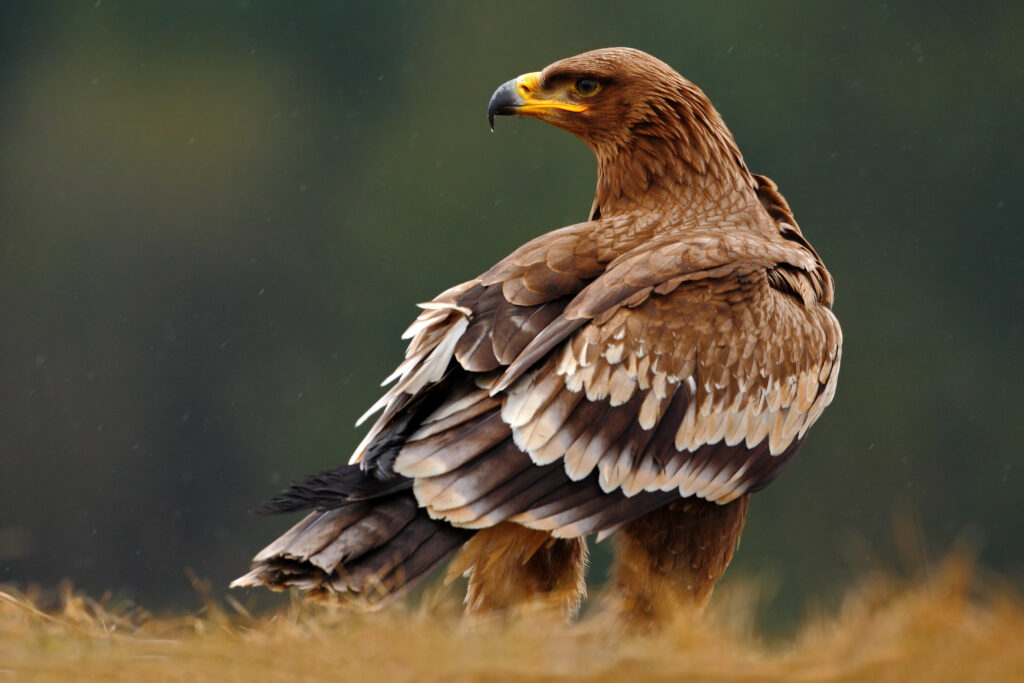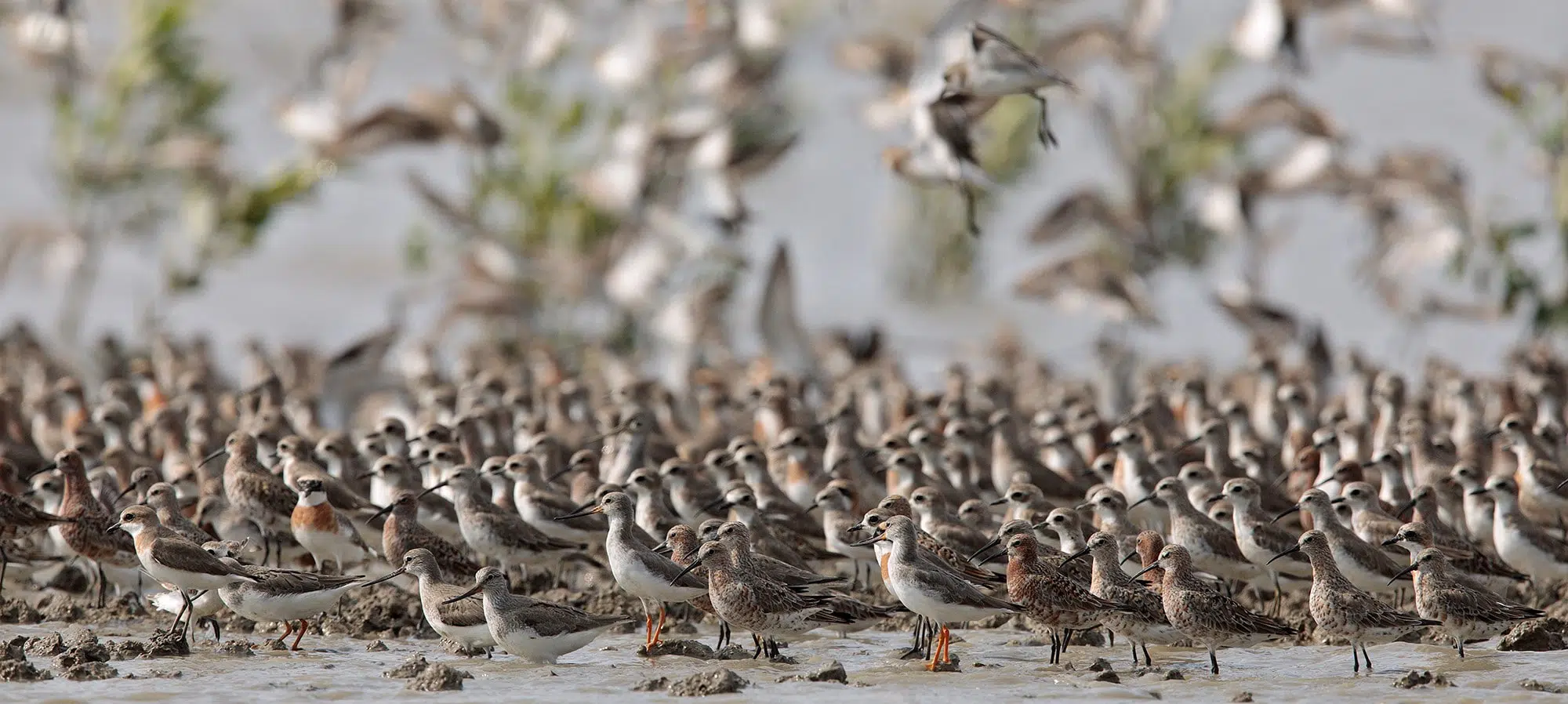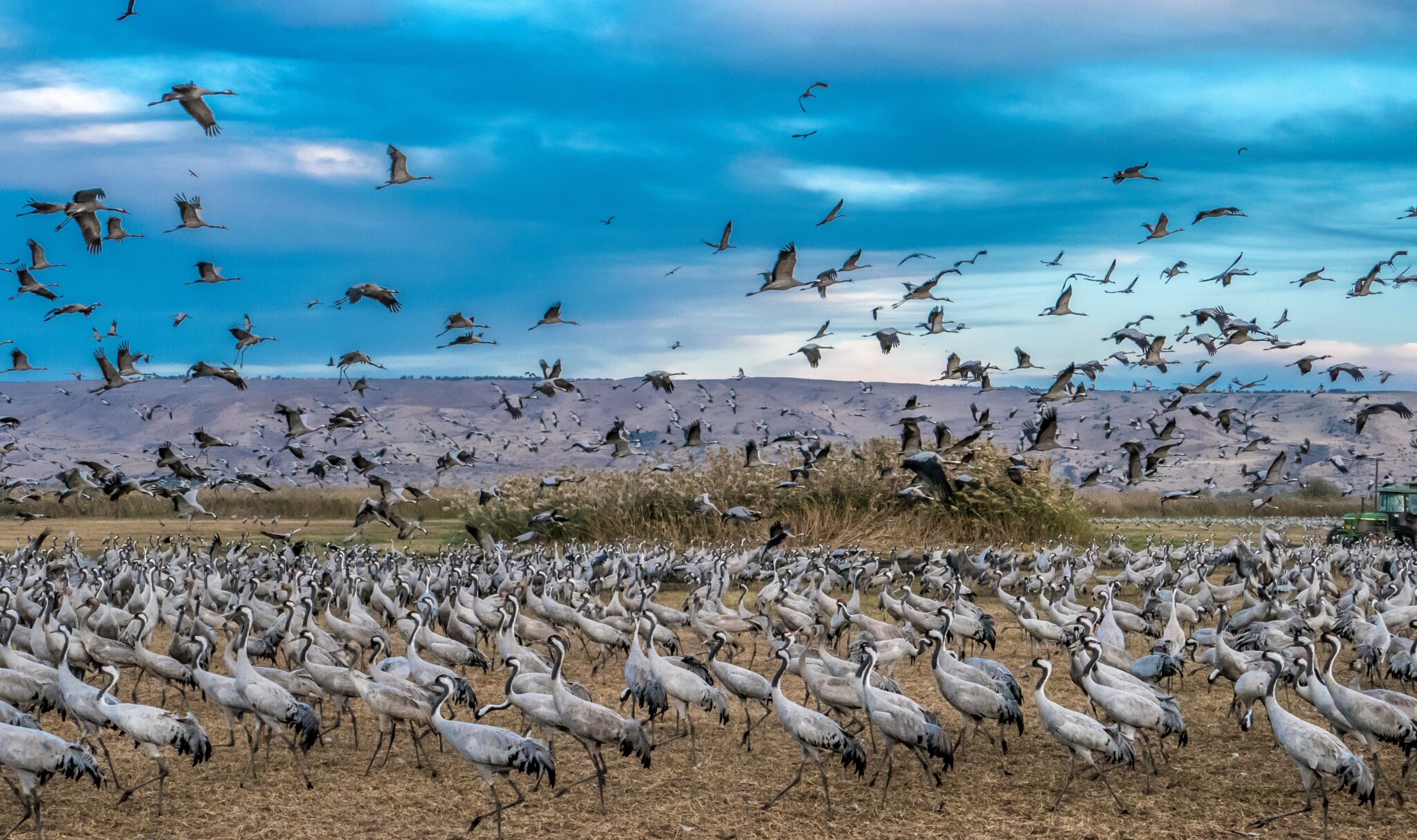Commitment to protect thousands of important sites kickstarts urgent action for migratory raptors
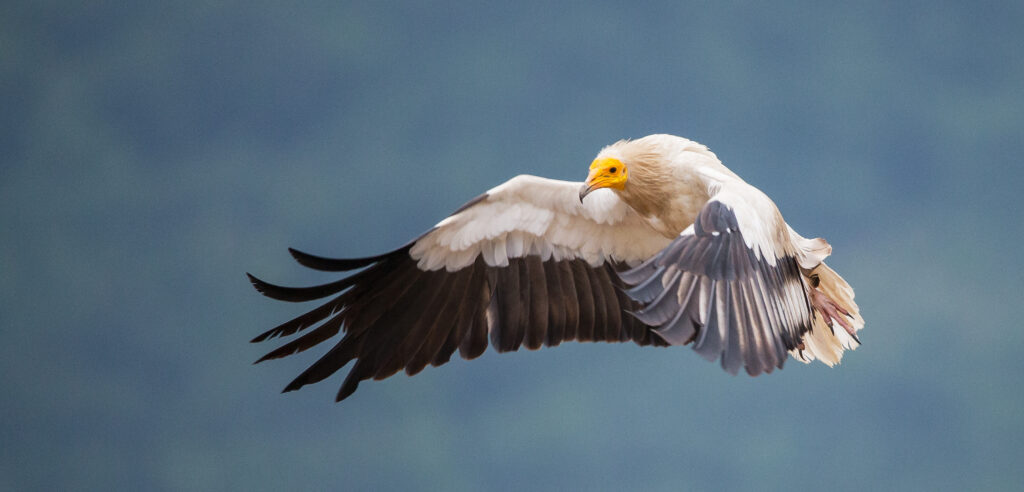
More than 7,500 of the most important sites for migratory raptors across Africa-Eurasia have been recognised by governments at a key international Raptors MOU meeting, with Important Bird Areas making a significant contribution to the list. It is a much needed and timely step as the meeting launches a ground-breaking BirdLife and Raptors MOU report highlighting the plight of African-Eurasian migratory raptor species, with more than a third being considered of global conservation concern and many more in decline.
Header image: Egyptian Vulture (Endangered) is one of numerous of African-Eurasian migratory raptors of conservation concern © Zhecho Planinski/Shutterstock
Raptors are some of the world’s most celebrated birds. From vultures soaring high on thermals and powerful Golden Eagles scouring mountainous landscapes, to owls patrolling the night sky and Peregrine Falcons swooping at record speeds to snatch unassuming prey, this remarkable group of birds is intertwined with human cultures throughout the world.
In Africa and Eurasia, more than 90 raptor species are migratory, travelling vast distances along the region’s flyways. These journeys are behind some of the region’s great avian spectacles – thousands of Egyptian Vultures, Steppe Eagles and Black Kites can be seen flying across Egypt’s Galala Mountains on migration, while an estimated 250,000 raptors cross the Strait of Gibraltar every spring and autumn. These extraordinary numbers belie the fact that many of these species are in decline, having to contend with mounting human pressures throughout their migratory routes as they undertake what are already arduous journeys.
However, these prospects were given a major boost in an international meeting on Wednesday 6 July, with government’s committing to protect and manage more than 7,500 internationally important sites along the regions’ flyways. This welcome news comes just as a new report was launched on the status of African-Eurasian migratory raptors underlining just how troubling the situation is. Compiled by BirdLife International and the Technical Advisory Group of the Raptors MOU (Memorandum of Understanding on the Conservation of Migratory Birds of Prey in Africa and Eurasia), the report shows that just over a third (34%) of the regions’ migratory raptors are considered globally threatened or Near Threatened on the IUCN Red List. For some groups, this proportion is substantially higher – a staggering 93% of vultures are of conservation concern (including eight Critically Endangered species) and half of the region’s migratory eagles are at risk. Worryingly, the assessment also shows that the conservation status of these migratory raptors is deteriorating at a faster rate compared to the world’s raptors and birds as a whole.
These concerning findings are mirrored by the species’ population trends, with more than half of migratory birds of prey in this vast region in decline. This underscores the fact that if we don’t step up conservation efforts now, ever-more raptor species will continue to edge their way up the IUCN’s extinction risk categories.
“This report sounds the alarm. These are stark findings and if we continue business as usual, we will lose these top predators as a key part of our natural heritage,” says Dr Vicky Jones, Flyways Science Coordinator at BirdLife and lead author of the report. “We know the solutions to many of the threats these species face, what we need is tangible commitment by governments to implement them without delay.”
The report also outlines the key threats facing these birds of prey. Most insidious is the loss and degradation of habitat throughout their migratory routes, largely driven by ever-expanding agriculture and widespread logging. Many species are also killed or taken throughout their journeys, whether through shooting, poisoning, unsustainable trapping or belief-based use. Electrocution on powerlines and collisions with poorly placed energy infrastructure also emerges as a key threat to these migratory birds.
Major boost for key sites
The report was launched at the Meeting of the Signatories to the Convention on Migratory Species Raptors MOU currently being held in Dubai, and is the first analysis of the conservation status of the 94 species currently listed under the agreement. The Raptors MoU was first established in 2008 to promote internationally co-ordinated conservation efforts towards migratory raptors in the region, and this meeting is a chance for its 61 Signatories – which cover countries from Africa and Europe in the west to China in the East –to convene to review progress on the conservation of this iconic group and to focus on future priorities for action.
The report therefore comes at a crucial time, and also highlights key conservation priorities to halt, and ultimately reverse these declines. Of upmost importance is to secure, protect and effectively manage important sites for migratory raptors throughout the flyway, so the announcement of governments recognising and committing to protect and manage more than 7,500 internationally important sites for migratory raptors is a major boost. This is just the news this threatened group needs and provides some hope for the future of these awe-inspiring species. More than 3,000 of these sites are Important Birds and Biodiversity Areas (IBAs) and the BirdLife partnership will be working hard to ensure that this commitment results in effective conservation action on the ground.
“The momentous decision to secure more than 7,500 sites demonstrates that there really is commitment among governments to put in place measures to reach the targets agreed last year in the Kunming-Montreal Global Biodiversity Framework’ says BirdLife’s Director of Policy Nina Mikander.
Alongside this, education and awareness raising campaigns need to be put in place to address the underlying drivers of threats such as illegal shooting and poisoning, along with policies to ensure new energy infrastructure is built where it will have the least impact and existing damaging structures modified.
It also stresses the importance of countries signed up to the MoU investing in research and monitoring. Perhaps surprisingly, given raptors are a fairly well-known group, for many species we lack basic information on their ecology and movements, leaving decision makers unable to take effective action in time. Filling these knowledge gaps is key, especially as it can help mitigate the risk of population declines and new, emerging threats going unnoticed until it’s too late.
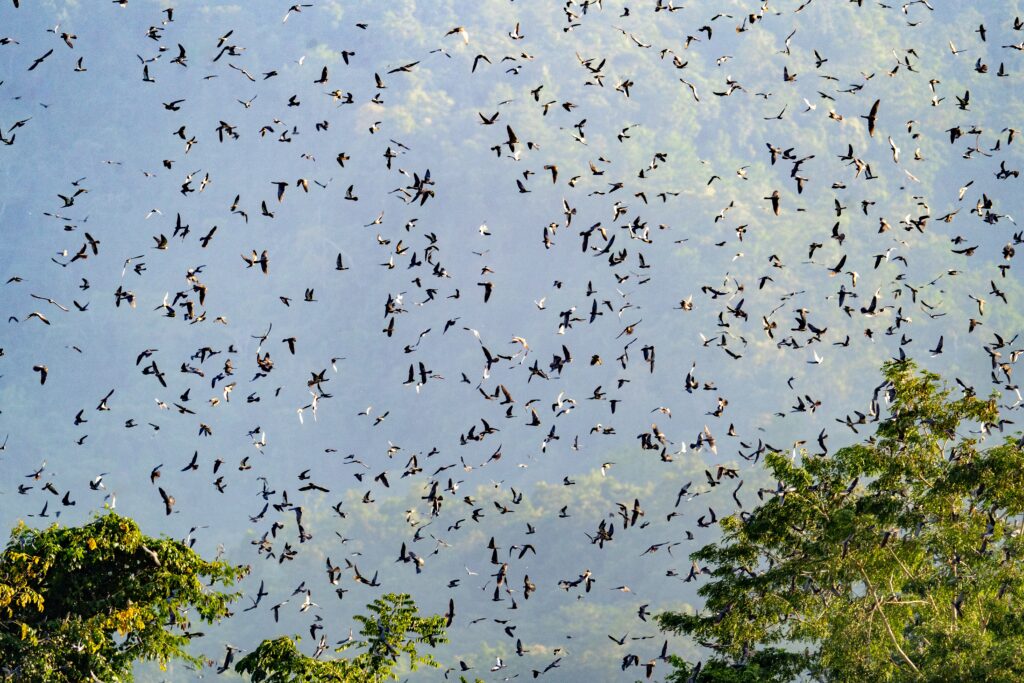
“The momentous decision to secure more than 7,500 sites demonstrates that there really is commitment among governments to put in place measures to reach the targets agreed last year in the Kunming-Montreal Global Biodiversity Framework”Nina Mikander, BirdLife’s Director of Policy
Conservation works
Promisingly, many of the tools needed for this are already in place, they just need greater implementation, and today’s commitment to protect thousands of internationally important sites throughout the flyway is a significant step for changing these species’ fortunes . For various migratory raptors, specific Species Action Plans exist, (including an all-important one that covers all vulture species) outlining the key actions needed to ensure their protection, while inter-governmental task forces for specific threats such as illegal killing and energy infrastructure have also been set up under the Convention on Migratory Species to support governments.
Conservation organisations are also continuing to develop a growing number of sophisticated tools, such as BirdLife’s Integrated Biodiversity Assessment Tool (IBAT) and AVISTEP (The Avian Sensitivity Tool for Energy Planning), to equip decision-makers with the information needed ensure future energy projects are developed where they have the least impact on nature and TransMit to support mitigation of power infrastructure.
There are also numerous examples showing that through carefully planned, targeted conservation measures, the fortunes of raptors in decline can be substantially improved. For example, Red Kite was considered Near Threatened as recently as 2020, with poisoning and persecution driving the species to extremely low numbers in parts of its range. However, thanks to intensive and targeted conservation efforts throughout the late 1900s and continuing into the 21st century, including a highly successful reintroduction programme first spearheaded by the RSPB (BirdLife in the UK) in 1989, the species’ global population is now steadily on the up. Similar recoveries of species such as Peregrine Falcon have also occurred following the ban on DDT.
“Now we look forward to seeing governments put in place the necessary conservation measures at the sites they have prioritised, in the spirit of flyway conservation, with cooperation between governments and with other stakeholders by sharing resources, expertise and capacity,” said BirdLife’s head of delegation at the meeting, Nicola Crockford, RSPB Principal Policy Officer.
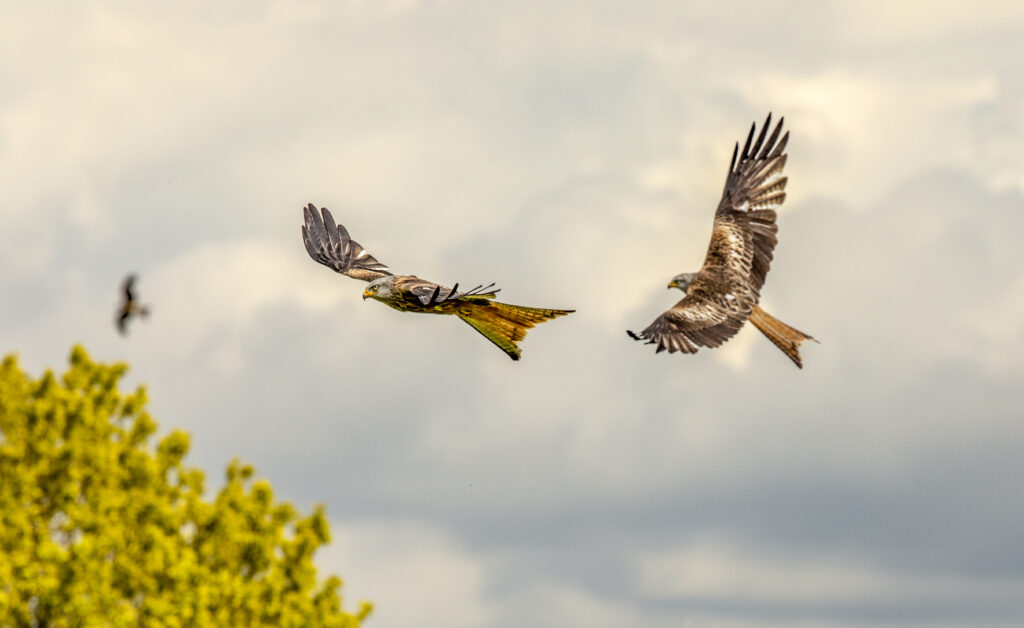
“Now we look forward to seeing governments put in place the necessary conservation measures at the sites they have prioritised, in the spirit of flyway conservation, with cooperation between governments and with other stakeholders by sharing resources, expertise and capacity”Nicola Crockford, RSPB Principal Policy Officer and BirdLife’s head of delegation at the meeting
